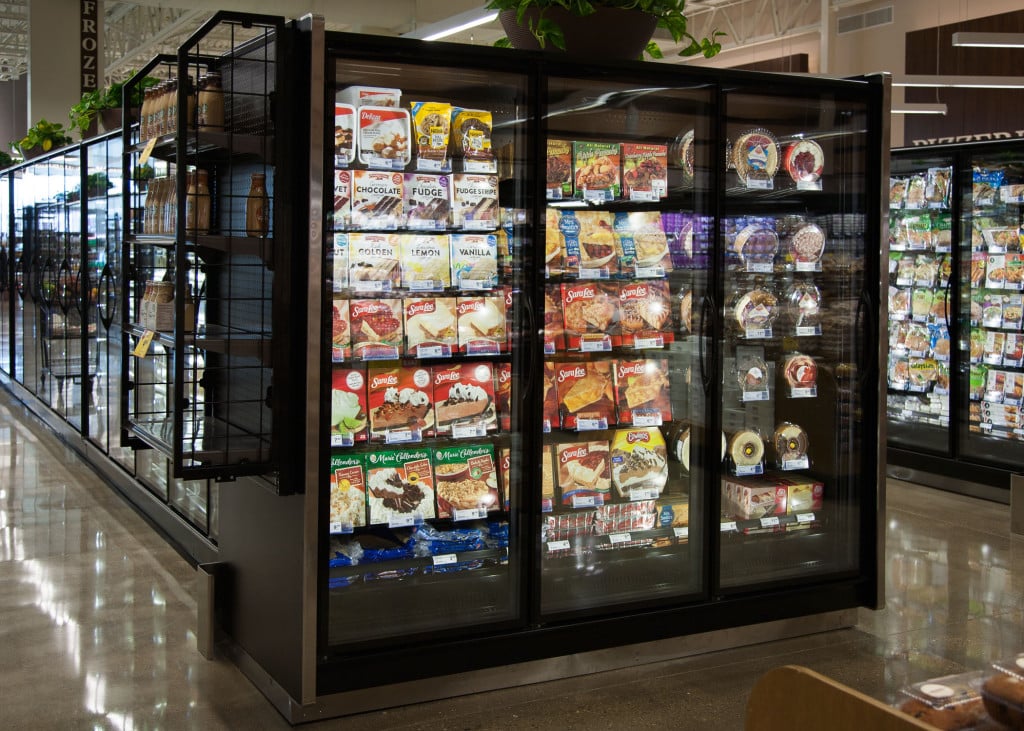New LEDs will have you seeing red in all the right ways

By Jonathan Tan, VP Energy Services
The AMS Group, Hillphoenix
Over the past decade or so, grocers have been reaping merchandising benefits of LED lighting in freezer cases. Despite initial limitations in LED color quality and total light output, both its cooler color temperatures and uniform illumination have literally cast frozen foods in a favorable light. Along with creating the ideal look and feel, LED’s superior performance at lower temperatures and greater energy efficiency compared with fluorescent lights have been a real win for grocers in the freezer aisle.
LEDs have finally surpassed fluorescents in color fidelity.
The good news is high color fidelity LED lighting that does justice to the rest of the store is here. Technological advances in the manufacturing process over the past few years have significantly improved the quality of light (QoL) for LEDs.
An especially important leap forward for food retail is how well red can now be rendered and measured. Red is a component color in most foods, packaging, and skin tones. When lighting doesn’t show red faithfully, which has been the case with LEDs in the past, red gets washed out, leaving products, shoppers – potentially even the entire store – looking grayish and dingy.
LED lighting is commonly rated for how well it renders colors using color rendering index (CRI). In this scenario, light is typically evaluated against eight standard pastel reference colors (often referred to as Ra). But because red is a saturated color – not a pastel – an LED light can have a high CRI rating but do a poor job rendering red.
An additional measure for QoL is R9: The higher the R9 value of an LED light, the better it renders red. Whereas many LED lamps and fixtures currently available have low – even negative – R9 values, Hillphoenix offers specialty and general floor lighting with R9 values greater than 50, putting them at the top of the spectrum.
In service departments and throughout the store, these new LED lamps and fixtures provide a richer, warmer light that shows off products in their true colors.
Better efficacy and a more attractive payback period.
Advances in chip technology over the past three years have also worked in grocers’ favor. The wattage it takes to produce a given amount of light energy is significantly lower than in the past, and today’s LEDs are even surpassing fluorescents in efficacy. This along with lower price tags for LED fixtures and lamps means financial payback is finally attractive.
The bottom line…
Seeing red is great in the meat and produce departments, but it’s not the color you want for your bottom line. Along with enhancing merchandising, next-generation LEDs can cut electricity consumption by as much as 75 percent compared with fluorescent lighting. For food retailers, $1 cut from the electric bill is equivalent to an $18 increase in sales* – savings that go directly to keeping your bottom line in the black.
*It’s often cited that saving $1 in energy is equivalent to increasing sales by $59. The DOE has reported that equivalency in the past (see the ENERGY STAR Building Manual), but the value has recently been revised to an $18 increase in sales.